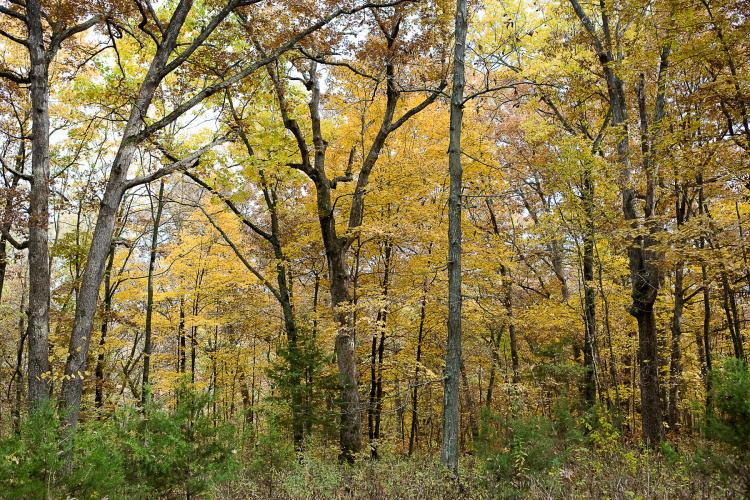Besides providing warmth and cheer, fire is part of an essential chemical cycle, the carbon cycle.
Carbon is the basic building block of all living things. Most of the earth’s carbon is found in the form of the gas: carbon dioxide. And carbon dioxide is found in the earth’s atmosphere.
Trees absorb carbon dioxide through pores in their leaves. Using energy from sunlight, the leaves combine carbon dioxide with water and minerals absorbed through the roots, to produce carbohydrates. Trees use these carbohydrates to grow leaves, flowers and seeds and for growing wood fiber in the branches and trunk. As a tree grows, more and more atmospheric carbon is converted to wood.
Over the years, a tree increases in girth and height. During this time, the tree is exposed to diseases, insects, wind, storms, age and other forces that eventually result in its death. Sometimes, a chain saw signals its fate.
When wood burns, it undergoes a chemical reaction that releases carbon dioxide back to the atmosphere. This carbon dioxide can now be absorbed by another plant, and the cycle continues.
Prescribed Burning
- While natural fires are random and uncontrolled, prescribed burning is the process of applying a controlled fire to a predetermined area to meet certain goals and objectives.
- Prescribed fire is used as a tool to manage natural communities and planted grass stands. It can set back succession by controlling woody invasion, improve wildlife habitat by stimulating desirable and suppressing undesirable plant species, improve poor grazing distribution, and reduce wildfire risk.
- Other uses of prescribed burning include preparing sites for planting or seeding, removing slash or debris, and enhancing seed production of target plant species.
Learn more about prescribed burning.




Recent Posts
























